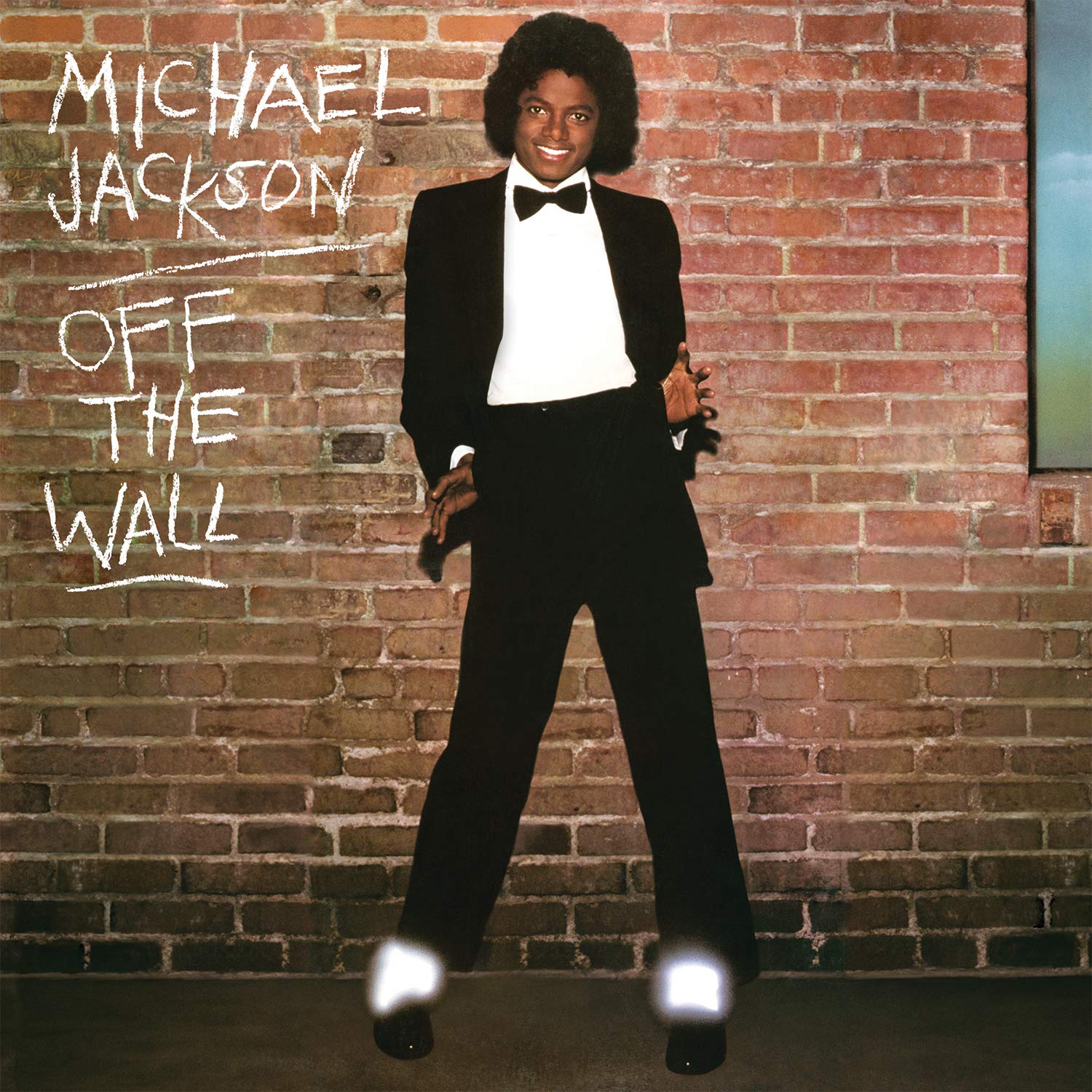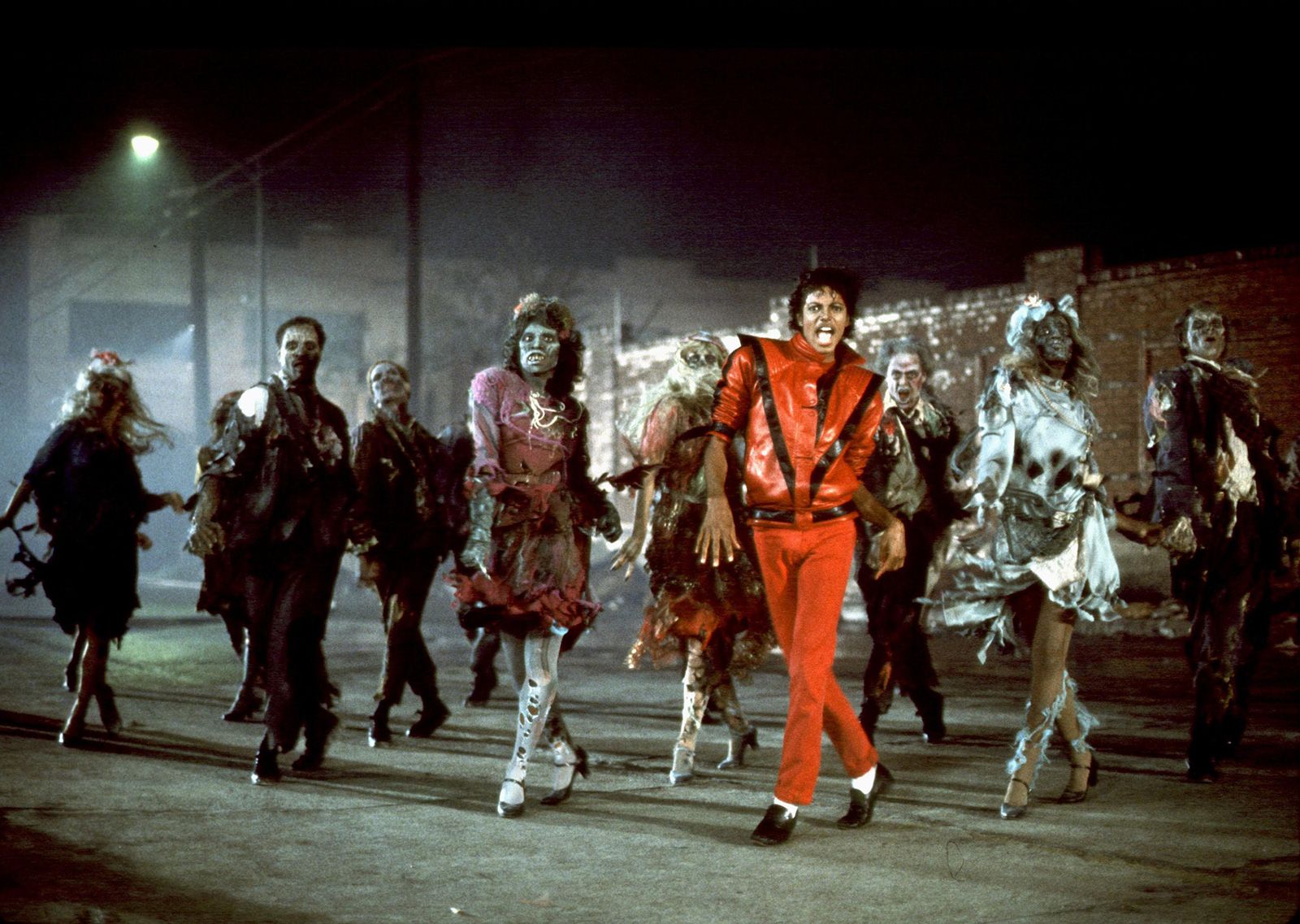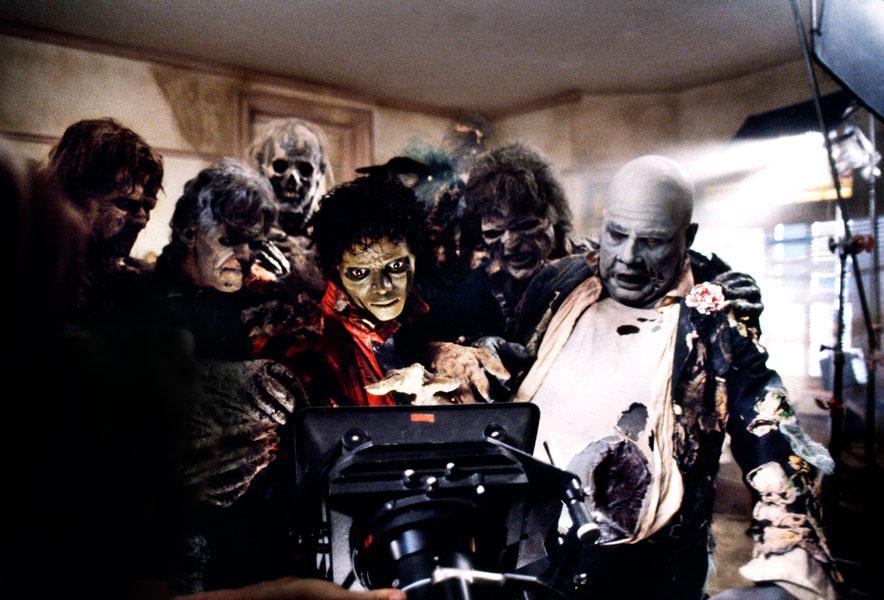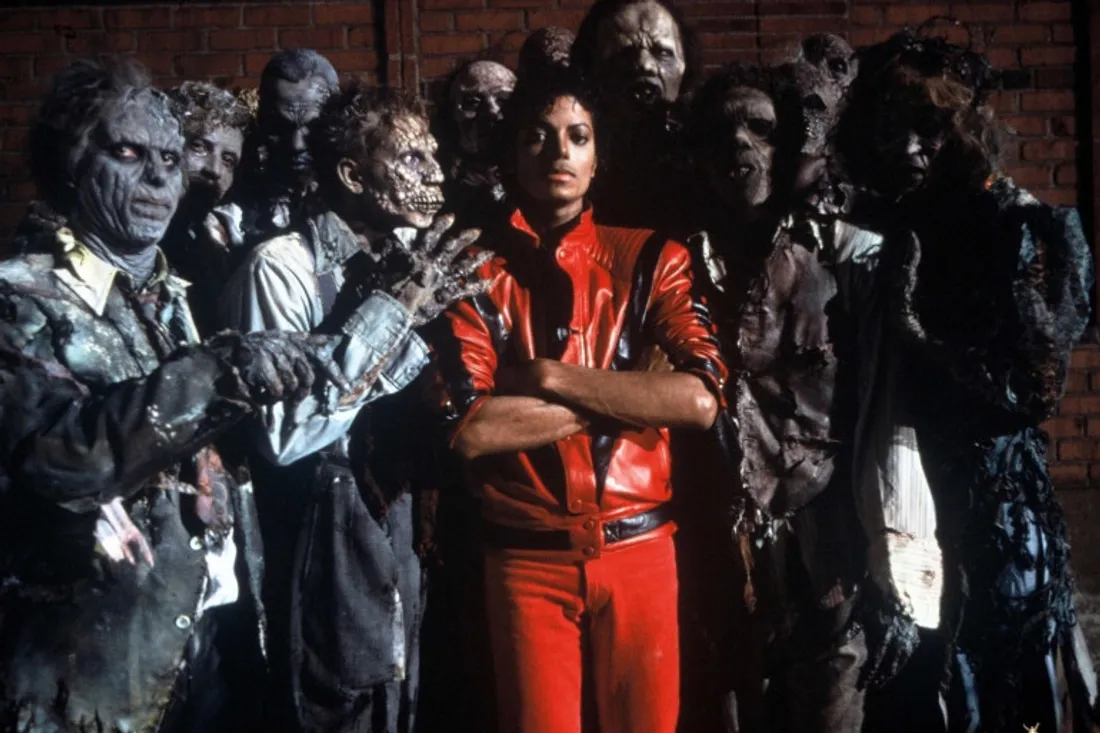Michael Jackson’s “Thriller” is not just a hit from its time—it’s a revolutionary work that redefined global pop culture and expanded the scope of Black music. This article explores the iconic track’s impact on the music industry, visual culture, and the perception of African American artistry.
A forgotten revolution in the making
When Michael Jackson released Thriller in 1982, the music industry and the public expected just another hit. But Thriller exceeded all expectations, sparking a global cultural revolution. Beyond its commercial success, the track transcended artistic and social boundaries, paving a singular path for Black music within the entertainment industry.
A unique vision

Already a major pop figure with the album Off the Wall, Jackson wanted to go further—exploring new sonic and visual territories. His producer, Quincy Jones, an African American pioneer in music production, rose to the challenge with British songwriter Rod Temperton. Together, they crafted a song that, on the surface, seemed simple but held revolutionary potential for the global pop stage. Drawing inspiration from horror films, Temperton created a track where music and visuals collided.
The power of visual imagination
What truly sets Thriller apart is its music video, directed by John Landis. Released in 1983, the Thriller video pushed the boundaries of what a music video could be. Jackson and Landis transformed it into a thirteen-minute cinematic mini-epic, filled with zombies, choreographed scenes, and special effects worthy of Hollywood horror films.
With Thriller, Jackson asserted the power of music videos as an artistic tool for Black music, while also establishing the format as a standalone, creative medium. The video’s production cost reached half a million dollars—an unprecedented amount for what was still considered a secondary format. Yet Thriller’s success proved that audiences were ready for the fusion of music and cinema, opening the door to sophisticated videos by other Black artists like Beyoncé, Kendrick Lamar, and Childish Gambino.
A global influence

With the iconic choreography of Thriller, Jackson didn’t just establish a visual style—he redefined how dance could integrate into pop music. Dance, an essential part of African American cultural expression, was now used to craft a complete, immersive narrative. Jackson’s movements became a global signature. Iconic scenes, like the famous Moonwalk he introduced shortly after Thriller’s release, captivated audiences worldwide. Artists across genres began to incorporate elaborate choreography into their performances.
Thriller’s success demonstrated that dance wasn’t just a supporting element in music—it was a universal language that transcended cultural and racial boundaries. The track quickly embedded itself in global pop culture, influencing dance movements and inspiring generations of choreographers and performers.
Thriller and the revolution in black music

Thriller’s impact on Black music went far beyond performance. In the 1980s, Black artists were often sidelined by major broadcast platforms like MTV. Thriller forced an undeniable Black presence onto these networks. Initially reluctant to air the video, MTV gave in to its overwhelming success and began including more Black artists in its rotation.
Thriller’s triumph turned Jackson into a cultural icon and elevated Black music to a universal status. Tracks like Beat It and Billie Jean, also from the Thriller album, achieved global success and contributed to a reevaluation of Black music—not just in the U.S., but also across Europe, Asia, and Latin America.
The cultural reach of Thriller

The Thriller phenomenon extended far beyond the music industry. Its influence was felt in cinema, fashion, and even in the political engagement of some artists. Jackson became a symbol of global Black identity, reminding young African Americans that art could be a powerful tool for self-expression and empowerment.
With Vincent Price’s eerie narration, Jackson merged diverse musical genres—from funk to disco—and borrowed elements from horror cinema. This cultural blending enriched global Black culture, establishing Thriller as a universal legacy. By celebrating and reimagining classic monster movies, Jackson attracted a broad and diverse audience, making Thriller a meeting point between African American and global pop cultures.
A timeless and evolving legacy

Decades after its release, Thriller still dominates streaming platforms every Halloween and remains a cornerstone of global music culture. The song and its video reflect the evolution of Black music within pop culture and serve as a reference point for contemporary Black artists striving to assert cultural identity while reaching global audiences.
Thriller broke barriers of representation, popularized urban dance, and redefined how Black artists could position themselves in a globalized space. Ultimately, Michael Jackson paved the way for generations of Afro-descendant artists who see Thriller as a blueprint of ambition and artistic excellence.
Summary
- A Unique Vision
- The Power of Visual Imagination
- A Global Influence
- Thriller and the Revolution in Black Music
- The Cultural Reach of Thriller
- A Timeless and Evolving Legacy
References:
George, Nelson. Michael Jackson: The Ultimate Collection. Sony BMG, 2004.
Grant, Adrian. Michael Jackson: The Visual Documentary. Omnibus Press, 2009.
Jones, Jel. Michael Jackson, the King of Pop: The Big Picture – The Music! The Man! The Legend!. Amber Books Publishing, 2005.
Hebblethwaite, Phil. “How Michael Jackson’s Thriller Changed Music Videos Forever.” The Guardian, 2013.
Pareles, Jon. “How Good Is Jackson’s ‘Bad’?” The New York Times, 1987.
